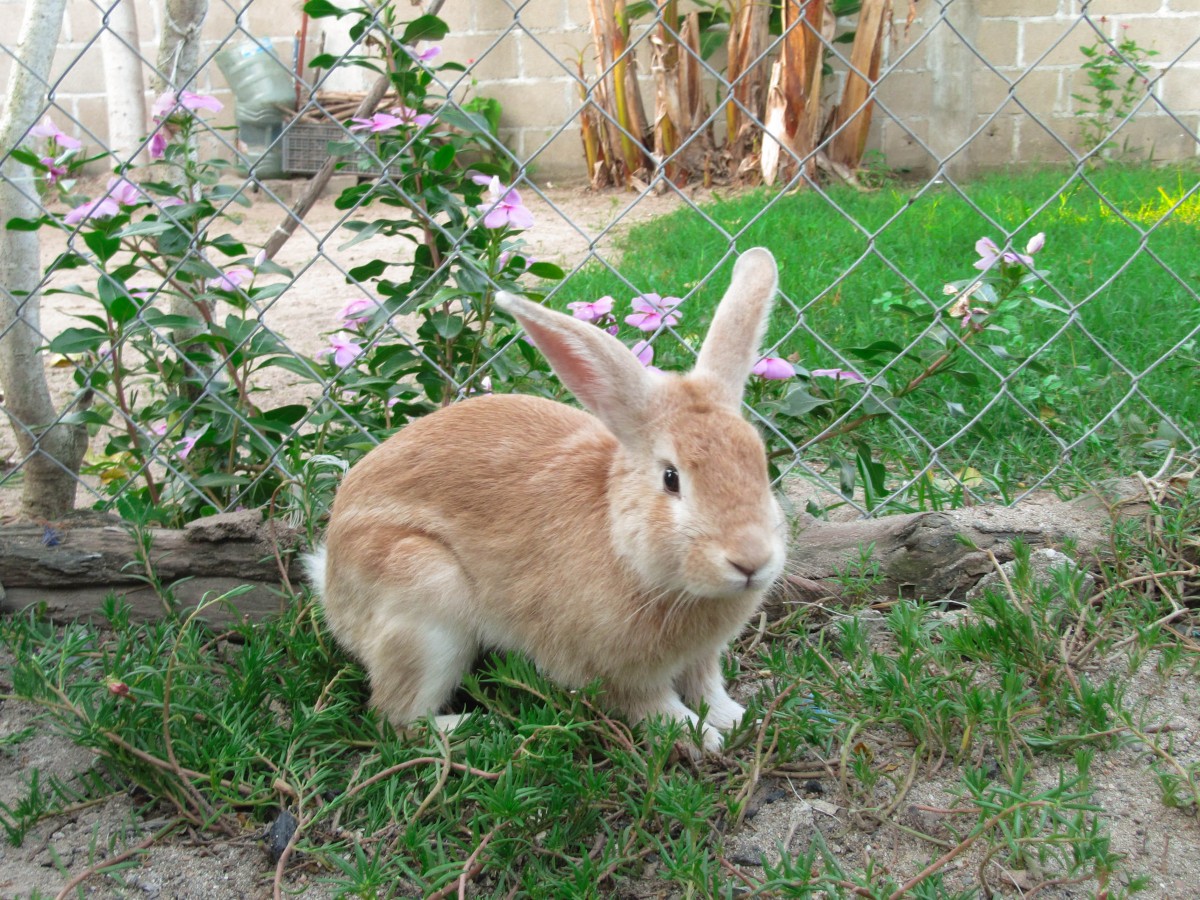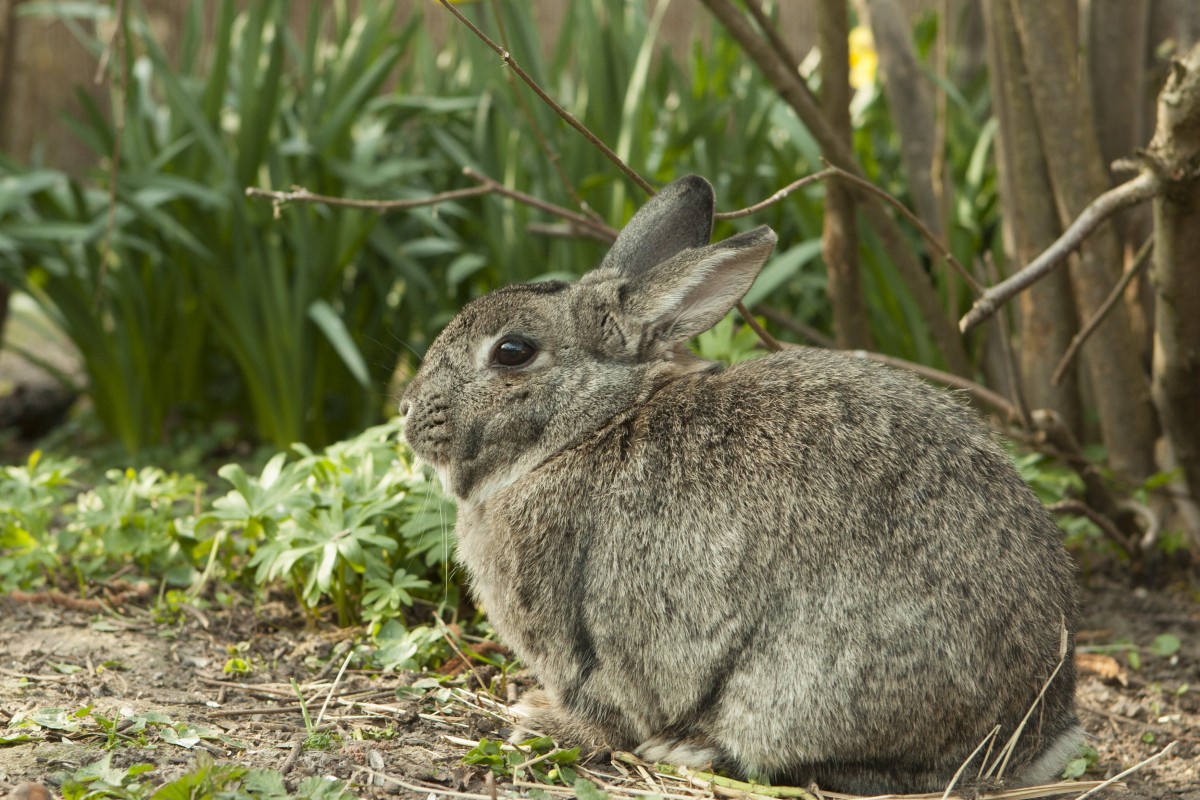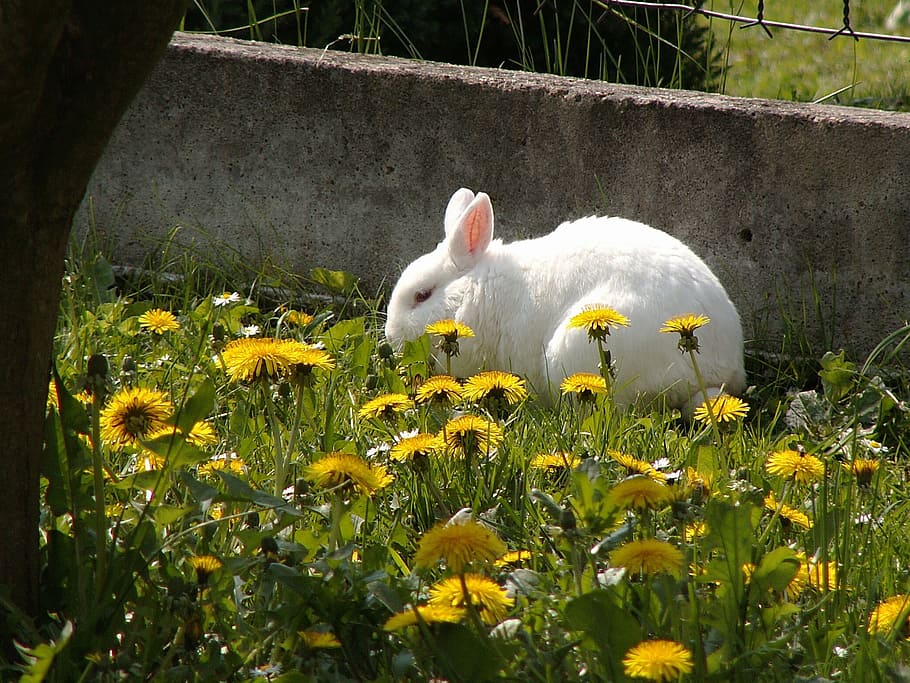How to Protect Your Garden From Rabbits
Wild rabbits are nice little animals, except when they devour your young shoots, crunch your carrots, or cut their teeth on your trees! For the gardener, the rabbit is a pest to be kept away from without harming it.
This post details the different methods and tricks to protect your plantations from rabbits.
Focus on the damage caused by rabbits in the garden
Wild rabbits can cause a lot of damage in the garden:
In the vegetable garden, they can destroy crops: they graze on young shoots and tender lettuce in the spring, scratch the soil and disturb seedlings, and nibble on vegetables that have already grown (carrots, cabbage, onions, shallots, leeks…).
They gnaw the bark in the orchard and wherever young trees are planted with their powerful incisors.
Even the ornamental garden is not spared, as rabbits like to come and taste some flowers.
1. Keep rabbits away with fencing and physical protection

Fence-off areas to be protected
For a wire fence to be effective:
- Use chicken wire and bury it in the ground 30 cm deep.
- Leave a height of 80 cm to 1 m above ground.
Protect the young tree trunks
Set two stakes on either side of the trunk, 10 cm from it. Surround the whole with a chicken wire 60 to 70 cm high.
Alternatively, you can buy a pack of two stakes and a protective sleeve already cut to size.
Install an electrified fence
Measure the perimeter of the plot to be protected and multiply this number by two.
Surround the plot to be protected with an electrified fence, placed in two rows: 7 and 15 cm from the ground.
2. Use rabbit repellents

Rabbits have a keen sense of smell and are easily disturbed by certain odors: use this characteristic to keep these small pests away from your plantations!
Repellent crops
Grow some of these particularly fragrant plants, which seem to have the ability to keep rabbits away:
garlic,
catnip
marigold,
poet’s carnation.
Small repellent tips
Take advantage of the many ancestral tricks used to repel rabbits:
- In your crops, place small bags made from old pantyhose and filled with hair (to be picked up at a barber shop) or dog hair. Repeat this operation every 6 weeks.
- Surround your flowerbeds with a string soaked in either cade oil or Crésyl ®. Repeat this operation every 6 weeks.
- With a spray bottle, spray milk on your vegetable plants that have reached maturity.
- Place black elderberry sprigs in the middle of your plants.
Place mothballs in sleeves cut out of small mineral water bottles (to protect the mothballs from rain) and scatter them in the flower beds.
Used cat litter can also be used as a repellent for your plantings.
Store-bought repellents
Buy rabbit repellents. These are sold in granular form in garden centers.
Spread the repellents between your seedlings and vegetable or flower plants, following the recommendations on the box.
Be careful: these repellents are not compatible with an organic vegetable garden.
3. Repel rabbits with an ultrasound
To protect an area of about 200 m2, use an infrared device that detects unwanted animals (rabbits, foxes, cats, and martens…) and repels them by emitting ultrasound.
This type of device is safe for animals and the environment.
4. Install rabbit traps
One last option is to capture rabbits with a double-entry cage without harming or killing them.
Place bait on the central tray of the cage: carrot, apple, lettuce… Place the cage, with the doors open, in the path of the rabbits.
The two doors close as soon as a rabbit reaches the central tray. After the capture, you just have to free the animal, hoping his misadventure will discourage him from continuing his incursions.



